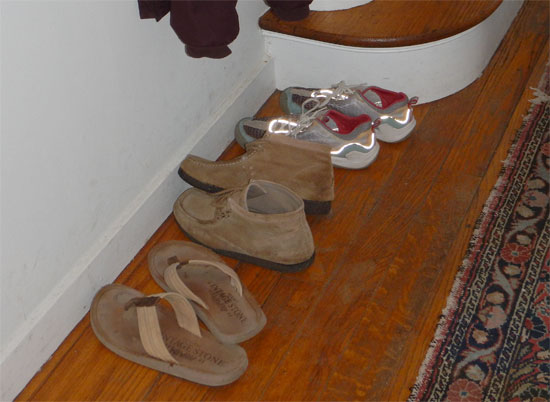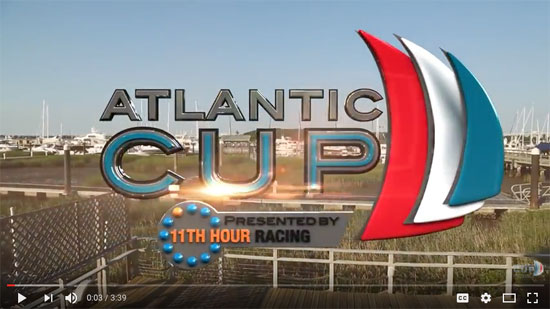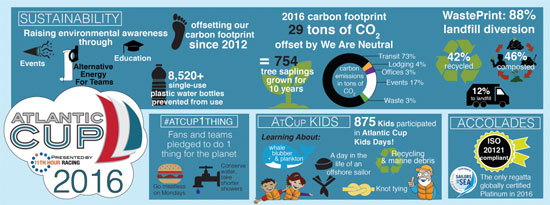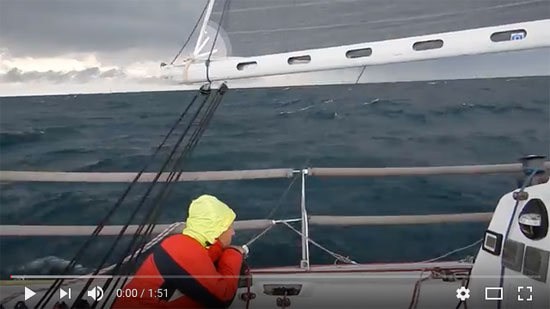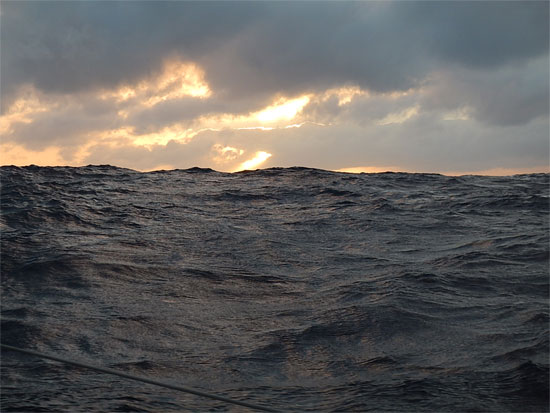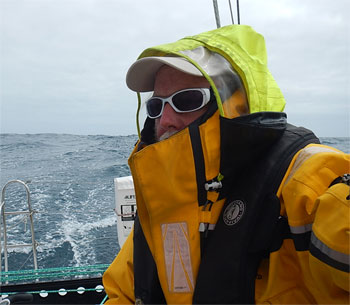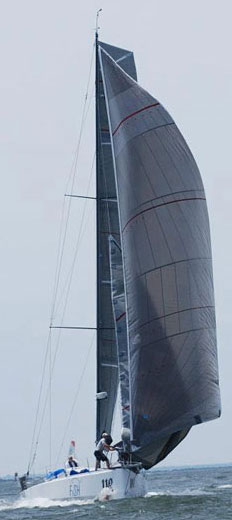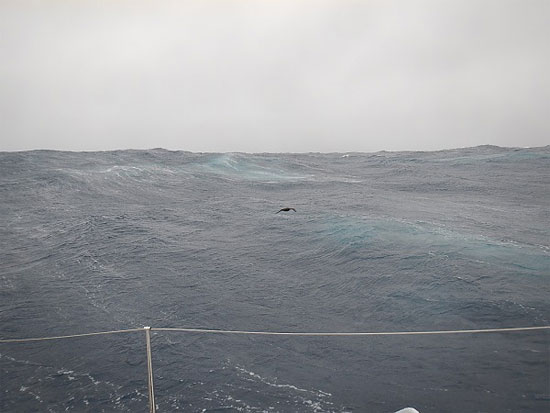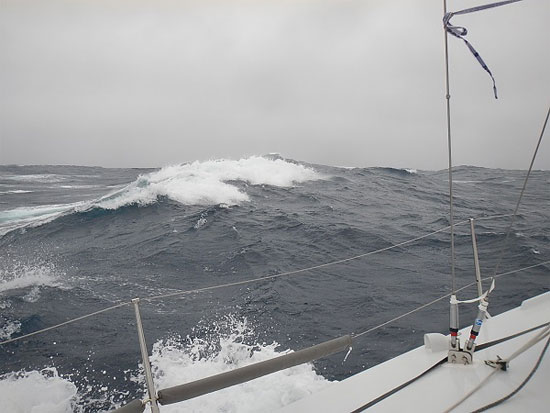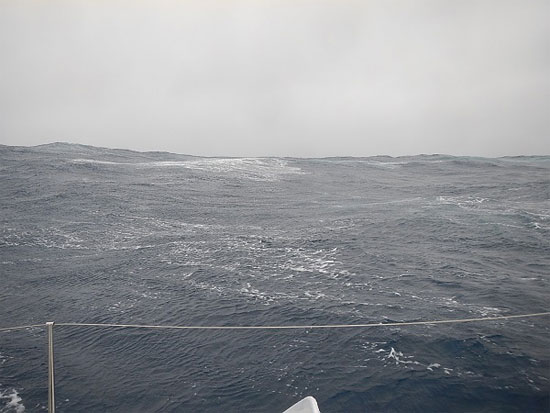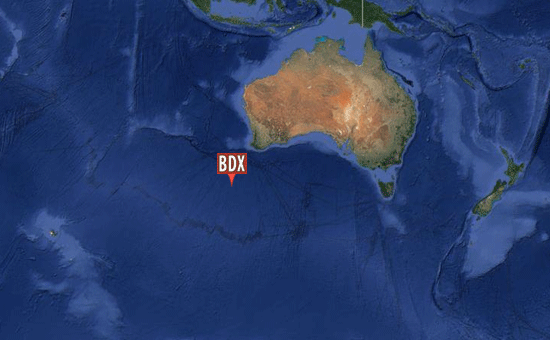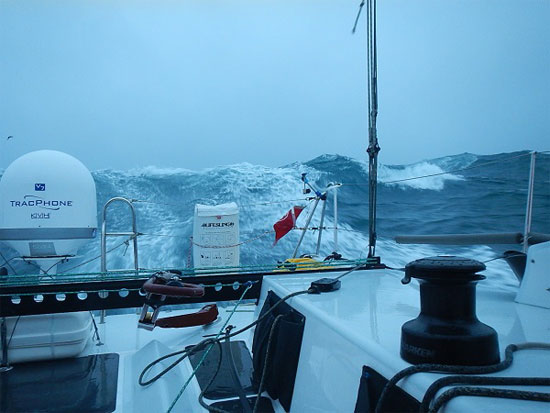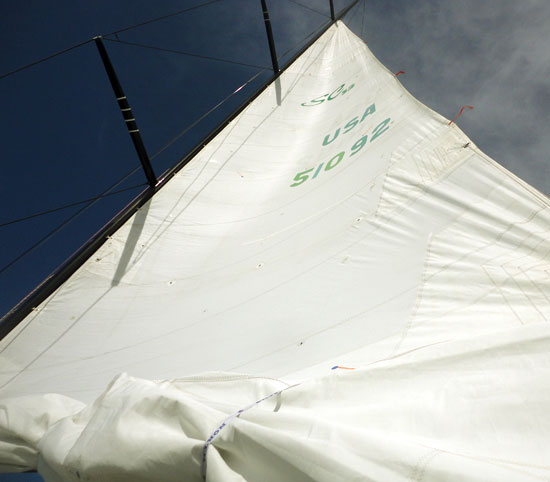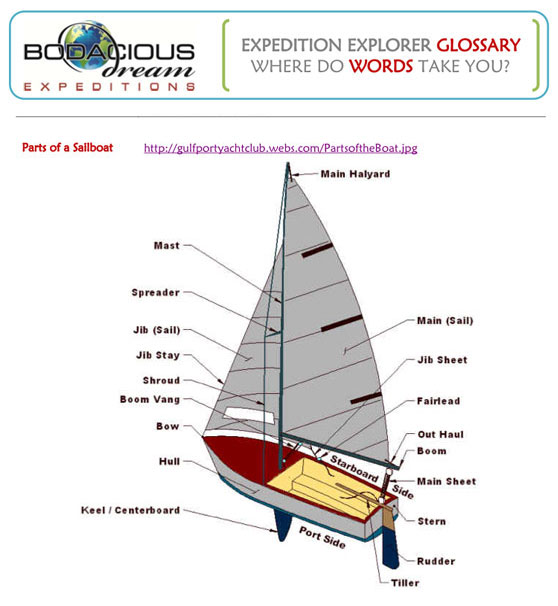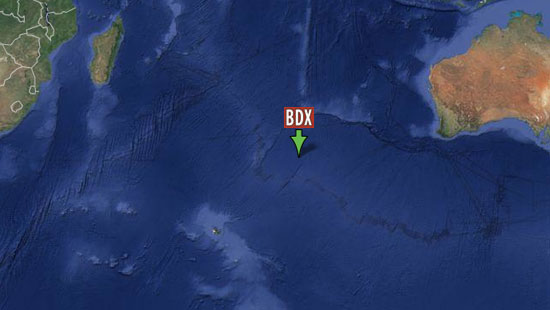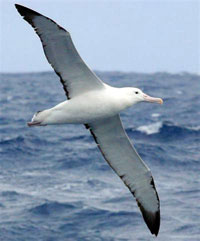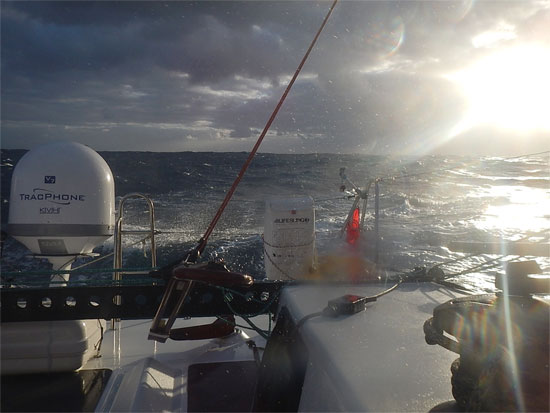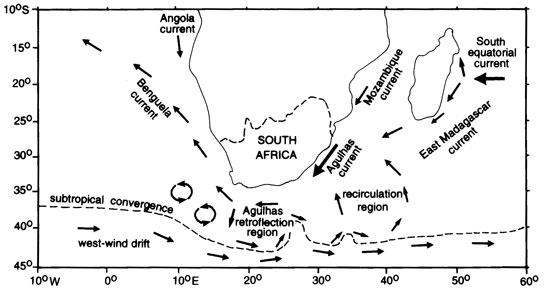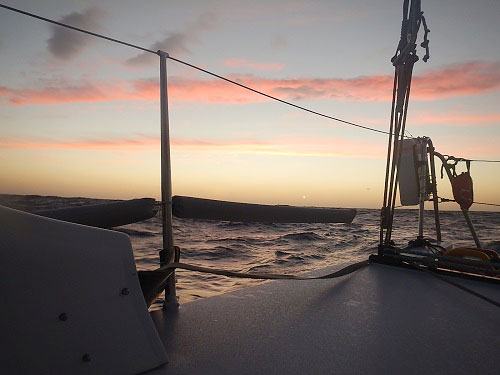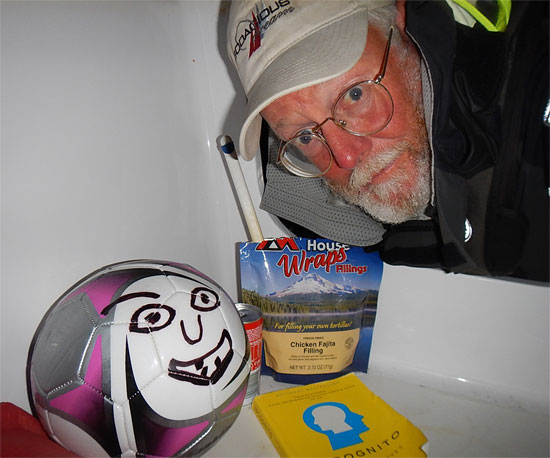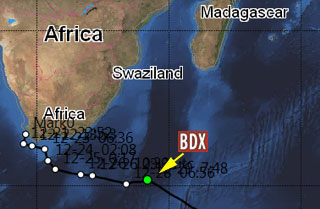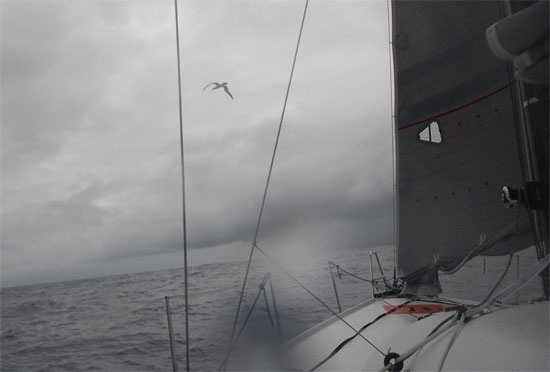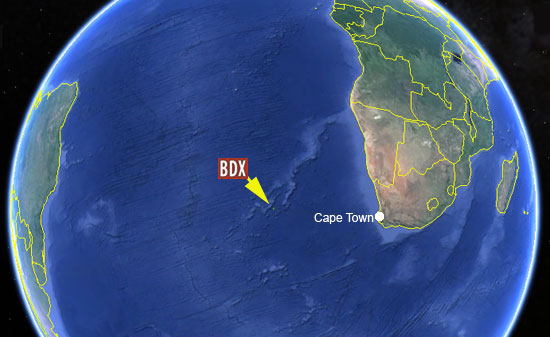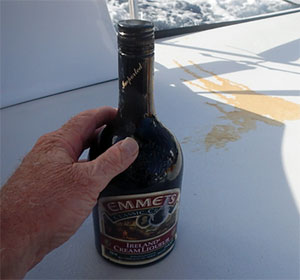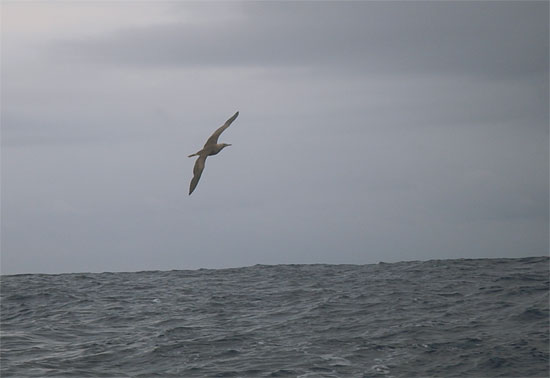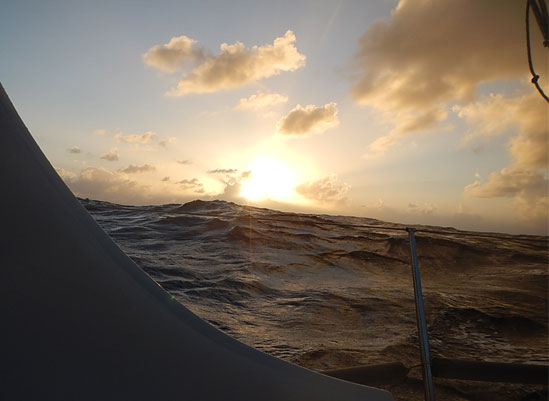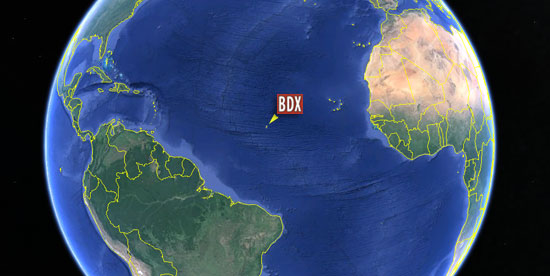Here on the shores of Lake Michigan, we’ve experienced our first snows, which put an end to the suspense as to when the mild fall would move over so that winter could get on with it. I’m usually fine with snow, at least up to half an inch, but 3 inches forces you to reconsider and put aside the flip-flops and boat shoes. My winter chukkas now sit prominently near the front door.
It was a great summer season, but like most of them, it passed too quickly. With that in mind, there are a few things I’d like to catch you up on.
As most of you know, The Atlantic Cup Race and the Atlantic Cup Kids Program took up much of the first half of my year. It was an amazing experience for me and for the many kids who came down to the docks. I’d like to share with you a new great pro-looking Atlantic Cup Kids program video up now on YouTube. You may notice an older, white-bearded guy rolling the cart and hoarsely singing – that would be me. Forward it or share it and help spread the word!
My personal thank yous go out to the many people who helped with the program, who gave time and energy to the kids, and those of you who supported it financially. We are very grateful for all your support.
This fall, we also learned the Atlantic Cup had accomplished something quite amazing that you won’t read about on the front page of the newspaper; so this time, I’m going to loudly ring our own bell! Owing to the hard work of the entire race staff, led by our sustainability expert, Brian Funke, and with the inspired support of 11th Hour Racing, The Atlantic Cup became the FIRST sporting event in the USA to receive an ISO 20121 certification for sustainability. Let me explain just what this means. The ISO (International Organization for Standardization) develops and oversees an international certification process, which many companies go through to meet or exceed certain performance standards to become ISO accredited companies. It’s a very rigorous certification process and I find it just way cool that The Atlantic Cup, and no other event – not the US Open or Wimbledon, not even Major League Baseball with the Cub’s “green” Wrigley Field, has EVER received this certification.
This is a result of the hard work, commitment and leadership of Julianna Barbieri and Hugh Piggin at Manuka Sports Event Management who run the Atlantic Cup Race as well as the entire staff and all the competitors who each believed in our collective responsibility to serve and maintain our environment. As a proud member of that team, I want to extend my congratulations to everyone associated with the Atlantic Cup. Here’s a link to the whole story: http://www.atlanticcup.org/sustainability
And, if that bar isn’t high enough for you, The Atlantic Cup is also the only regatta world wide to achieve platinum level status in sustainability from Sailors for the Sea – a leading conservation organization that engages with sailing and boating communities toward healing the ocean.
A couple other notable events took place this summer. We had another great Mackinac Race (my 30th) – spending 30 hours sailing from one storm cell to another. I don’t recall seeing so many thunder and rain squalls and rapid wind shifts in any of those previous years. Here’s a video I shot after a night of getting knocked around big time!
Lake Michigan continues to be a seductive and unpredictable demiurge. Today however she looks calm and relaxed, her edges white with the froth of toppling wavelets as she absorbs the spinning snowflakes.
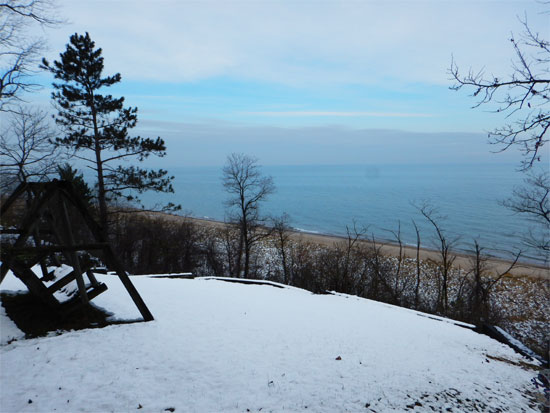
Back in August, I played the role of Official Observer for Scott Wolford’s world record marathon swim attempt. This young man…(51 years old – Ha!) was planning to set an unassisted, world record of 120 miles by swimming from Chicago to Michigan and back. I was proud to be invited to help with his efforts and record the event for official review.
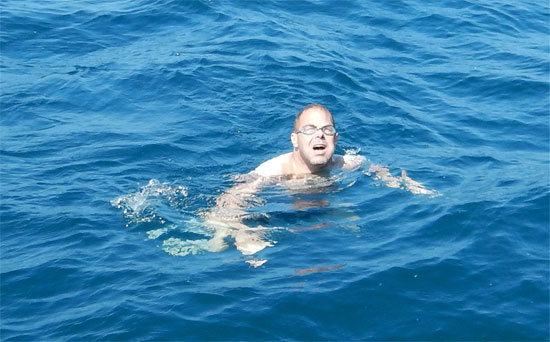
Unfortunately, the weather stopped Scott after about 19 miles, but with the energy he exhibited climbing back on the boat, I’m certain his efforts next summer will produce a new world record.

Besides being a crazy good swimmer, Scott is dedicated and committed to teaching children about the environment and clean water. His children’s book, Gino the Minnow is legendary. Check out Gino’s or Scott’s sites on Facebook. Gino the Minnow or Scott Weston Wolford. Now there’s a good Christmas present idea for your kids.
The rest of the summer here on the Great Lakes included a few other races and some very pleasurable sails with friends. My days of late have been filled with various types of work; an article I penned for Sailing Magazine – a kind of beginner’s guide to shorthanded (or single-handed) sailing is right HERE in November’s issue.
Out of the water, a custom-made kitchen cabinet package I designed and built was just installed in a special use residence in Evanston, IL. And then there was Thanksgiving… where as each year for the past 20 or so, my house becomes full of family and friends. It was an especially great year to be together and to be thankful for each other.
We look forward to the coming New Year with great hopes for the completion and publication of my book Spirit of the Dream, which is undergoing final edits. We also hold our hopes high that we will stand up and dedicate our collective energies to tackling the many challenges that our world, our environment, our kids and our families must face.
May your holidays be grand and may our light shine bright in the New Year!
And as the French say, Au Revoir (meaning “until later”)
– Dave and Franklin

